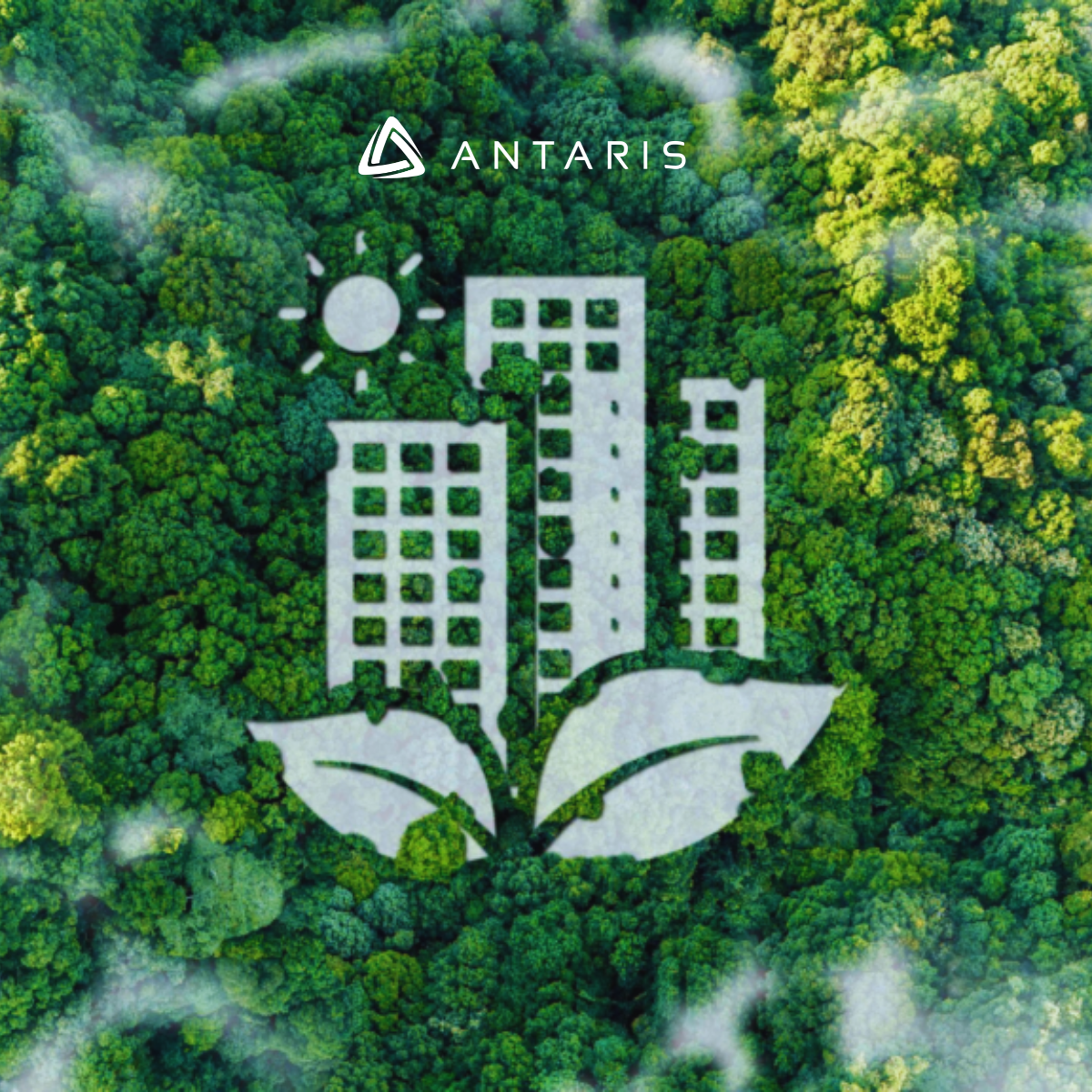1. General requirements
Cleaning and disinfection options for all type of premises during the COVID-19 pandemic have been identified by the European Centre for Disease Control (Ref. ECDC TECHNICAL REPORT Disinfection of environments in healthcare and non-healthcare settings contaminated with SARS-CoV-2). Where SARS-CoV- 2 (the novel coronavirus) may be present in the environment both cleaning and disinfection are required. Disinfection of an unclean environment will not be effective:
- “Touch points” (frequently touched surfaces) should be cleaned as often as possible. More than once per day is recommended.
- The use of a neutral detergent for the cleaning of surfaces is a pre-requisite to disinfection. Neutral means with a pH at or close to 7.
- Cleaning of sanitary facilities used by several people must be carefully performed.
- Cleaning with a neutral detergent will provide a reasonable standard of cleanliness under normal circumstances (i.e. non-epidemic or pandemic, and with no recent experience of infectious disease). Cleaning should remove up to 80% of infectious agents.
- When cleaning avoid splashing or generating airborne droplets of the cleaning solution.
- Disinfection is required for workplaces during the current COVID-19 pandemic.
- Disinfecting of cleaned surfaces may be performed using bleach, or other disinfectants effective against viruses. Always consult the Safety Data Sheet and follow the manufacturer’s instructions.
- Do NOT use more than one disinfectant. This can cause hazardous reactions between chemicals resulting in harmful gases and possibly causing splashes of hot and/or corrosive liquids.
- Personal Protective Equipment (PPE) should be worn to protect from the cleaning and disinfecting agents, and from the target biological agent(s) (in this case SARS-CoV-2/Coronavirus). The level of risk will determine the requirements for PPE.
- The cleaning material should be properly cleaned (see Table 1) at the end of every cleaning section.
2. Specific environments
Surface Cleaning: Use Neutral detergent AND Virucidal disinfectant OR 0.05% sodium hypochlorite (bleach) OR 70% ethanol. Note: check the SDS of the bleach for the concentration of sodium hypochlorite and dilute as appropriate. Higher concentrations may damage surfaces. Damaged surfaces become much more difficult to disinfect.
Toilets: Virucidal disinfectant OR 0.1% sodium hypochlorite (bleach)
Textiles: Washing machine at hot-water cycle (90°C) AND regular laundry detergent OR: lower temperature cycle + bleach or other laundry products
Equipment used for cleaning: Non-disposable disinfected with: Virucidal disinfectant OR 0.1% sodium hypochlorite
PPE: Plastic apron, Gloves, appropriate face mask or respirator. Hand hygiene should be performed each time PPE such as gloves are removed. Contact with the external surfaces of PPE should be avoided. Used disposable PPE should be treated as contaminated waste. Consider adopting a formal process for removing and discarding PPE. Re-usable PPE should be cleaned, disinfected and rinsed prior to storage in clean and secure storage before re-use.
Waste: Waste solid materials should be stored in secure, labelled and segregated containers (e.g. plastic bags) for 72 hours prior to disposal in the general waste. (Waste from clinical settings such as occupational health departments must be disposed of in biological hazard waste containers and removed by a contractor with the required waste collection permit).
3. Cleaning and disinfection chemicals
Commercially available and over-the-counter chemicals used in cleaning and disinfectant can cause serious injury or even fatality if used incorrectly. Ensure that all bleaches and other corrosive or irritant chemicals are rinsed effectively from surfaces. Exposure to building users could cause burns or harm to the skin. Never combine different disinfectants or cleaning chemicals either by using together or one after the other. Chemicals may contain ingredients which are incompatible with the contents of other chemicals, for example bleach contains sodium hypochlorite, which is an alkaline/basic substance, while some “toilet duck” contains an acid (e.g. hydrochloric acid). Combining the two, either at the same time or in sequence, can result in the production of a cloud of chlorine gas, which is potentially lethal (some much so it is banned from use in warfare since the First World War). Drain cleaners contain much stronger acids and alkalis and should not be used.
Many companies and other organisations do not permit the use of bleach either by their own employees or by contractors, for safety reasons. Other disinfectants are available and may be used.
4. References
Applicable legislation in Ireland includes the following:
- Health Preservation and Protection and other Emergency Measures in the Public Interest Act 2020, Emergency Measures in the Public Interest (COVID-19) Act 2020 (1 and 2)
- Safety, Health and Welfare at Work Act 2005
- SHW at Work (General App) Regs 2007, Part 2 Workplace and Work Equipment, Chapter 3 – Personal Protective Equipment and Amendment Regulations 2007, European Union (Personal Protective Equipment) Regulations 2018
- Safety, Health and Welfare at Work (Biological Agents) Regulations 2013
Additional references and useful documents are included in the Reference section of the register.
- ECDC TECHNICAL REPORT Disinfection of environments in healthcare and non-healthcare settings contaminated with SARS-CoV-2
See also www.antarisconsulting.com for further blogs on this and other similar topics.


